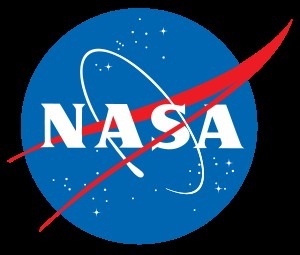Could a camera on loan from NASA improve brain surgeries?
by
Brendon Nafziger, DOTmed News Associate Editor | July 13, 2012

A Los Angeles hospital hopes to use space-age imaging equipment designed to study distant stars to better plan brain surgeries.
In a soon-to-be-started pilot study, Cedars-Sinai Medical Center said it will use a camera on loan from NASA's Jet Propulsion Laboratory to help doctors map tumor margins.
Figuring out where a tumor ends and normal brain matter begins is a difficult task for neurosurgeons, who want to cut out all the cancerous stuff to prevent the tumor from growing back, but want to minimize the damage they do to healthy tissue, the hospital said in its press release, published Thursday.
Here's where the extremely sensitive NASA camera could help. The camera picks up ultraviolet light, which is emitted by a chemical mainly found in overactive tumor cells, called nicotinamide adenine dinucleotide hydrogenase, or NADH, but not in healthy tissue, the hospital said.
"The ultraviolet imaging technique may provide a 'metabolic map' of tumors that could help us differentiate them from normal surrounding brain tissue, providing useful, real-time, intraoperative information," Dr. Ray Chu, a neurosurgeon who's helping to lead the study, said in a statement.
For the study, the hospital said doctors won't use the ultraviolet to actually guide the surgeries. Rather, the camera will record images of the surgeries, which will later be studied alongside lab tests, MRI and CT scans, and other data, to see how useful the information is. Ultimately, the hospital said the study will enroll about 20 patients.
|
|
|
You Must Be Logged In To Post A Comment
|
